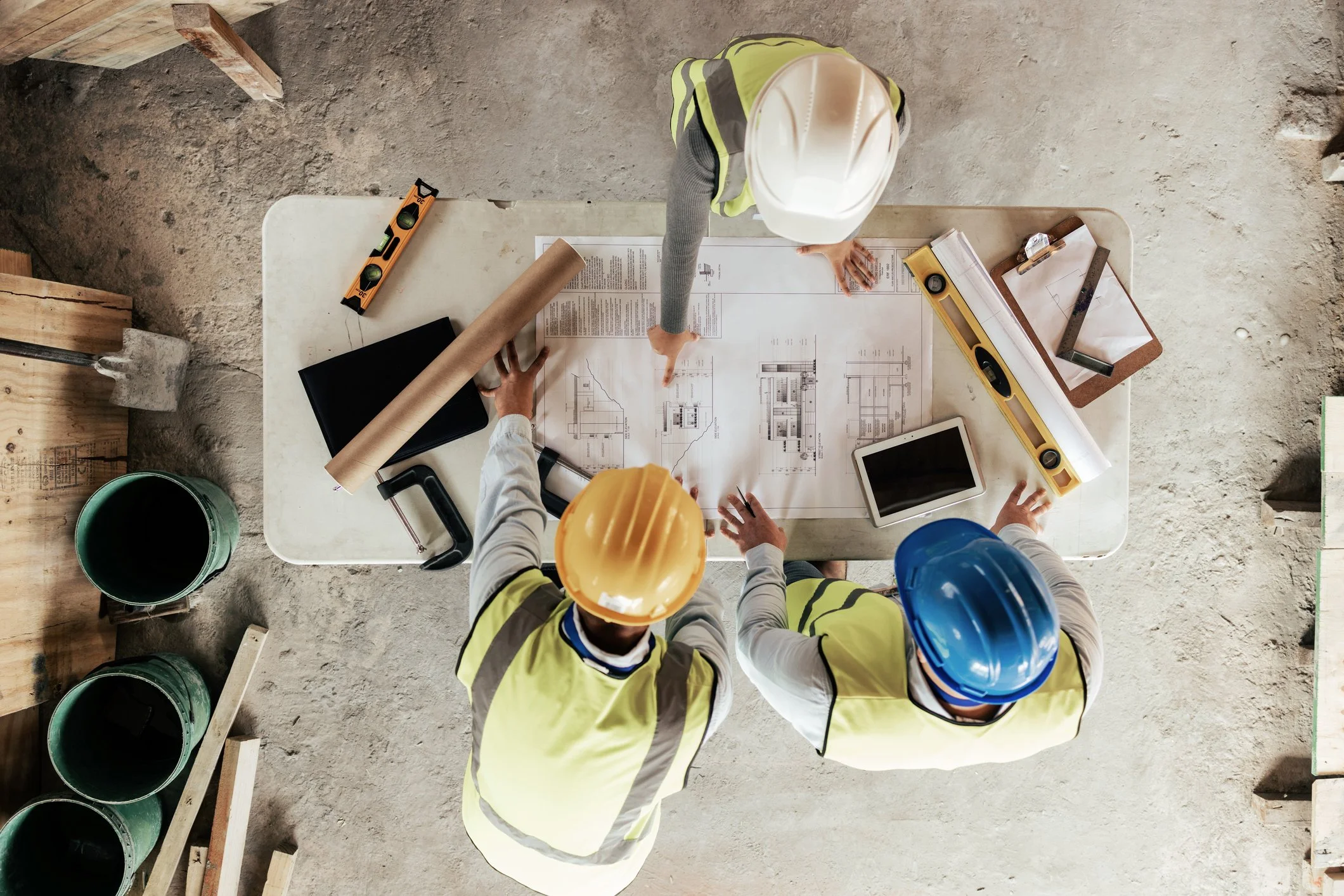solutions for health and sustainability
The construction sector accounts for 40-60% of total carbon emissions, 30–40% of solid waste production, around 16% water usage, and more than 40% of raw materials consumption
...but it does not have to…
-
![]()
carbon emissions
Because buildings are so energy and pollution-intensive, a massive opportunity exists for improvement.
We can identify appropriate passive house strategies and materials that will significantly reduce both the operational and embodied emissions of your project.
Carbon can be stored within buildings by building with biogenic (plant-based) materials. Plants absorb and store carbon in their roots and the soil as they grow. This makes them a key component to climate change strategies. There are many plant-based materials that can be locally sourced or found at hardware stores. Wood and straw are the most common, but hemp is becoming more popular. There are several different forms that we find these materials in and they have different appropriate uses, but insulation is very common.
Less processed mineral-based materials such as clay and lime make exceptional finishes with added health benefits.
Climate conditions and design affect when and how any of these strategies should be used.
-
![]()
Waste
Nearly every construction project requires, by default, production of 10% of all materials to be discarded and typically, this discard goes directly to the landfill.
We can help you select products and materials that either do not need to enter the waste stream or that are harmless or even environmentally beneficial. They may be reusable or biodegradable.
If we design with material sizes in mind, we can eliminate much of the waste that would be thrown away as cutoff.
-
![]()
Toxins
We spend 90% of our time indoors.
We can dramatically reduce toxins in a building by Starting with innocuous plant and mineral-based materials wherever possible. When plant or mineral-based materials are not an option, then there are cost-effective strategies to help minimize exposure.
Good indoor air quality (iaq) is critical for human health. However, because of toxins in building materials as well as poor assembly design and filtration that lead to excess moisture, mold, and mildew, most of the air we breathe indoors is less clean than outdoor air (depending upon location and conditions). The chemicals we are often exposed to cause endocrine disruption, cancer, allergies and asthma.
Fortunately there is a trend towards more transparency of ingredients and air filtration is becoming more common, but it is challenging to know when these toxins can and cannot be avoided. It is also difficult to know when the cost may be prohibitive.
-
![]()
Pollution
Pollution in construction happens upstream and downstream of a building’s life.
By using natural, non-toxic materials and products we are avoiding the problem of contamination altogether. Biodegradable, natural materials must be used appropriately, but they never have to enter the waste stream and can even contribute to healthy soil and ecosystem development at the end of their life. Mineral-based minerals like clay and lime can often be reused.
Many building products contain substances that are extremely polluting to produce in our current supply chain. Luxury vinyl flooring and all pvc manufacture is just one example with terrible environmental and human health impact - it results in dioxins which are persistent (they do not break down, are stored in body fat) and highly carcinogenic.
Construction waste downstream is also a significant contributor of environmental pollution. Because of its high volume, construction waste represents one third of all waste, globally. The persistent chemicals and plastics used or not used end up in either in our landfills or in the ecosystem eventually - causing harm in some way or another.
-
![]()
Cost
cold climate mountain towns like jackson hole, bozeman, sun valley and teton valley all share similar problems.
when we examine the process and the costs holistically, we find out of the box strategies that work well for your project.
we also guide you with perspective to create and maintain appropriate goals.
high cost markets can be challenging to understand and navigate. many of the problems compound: additional engineering and structure requirements, additional insulation, high labor rates, and lack of qualified and reliable sub-contractors. our small pools of tradespeople results in a lack of competition in the market.
there are management tools that can be used during the design and procurement process to reduce cost overruns.





